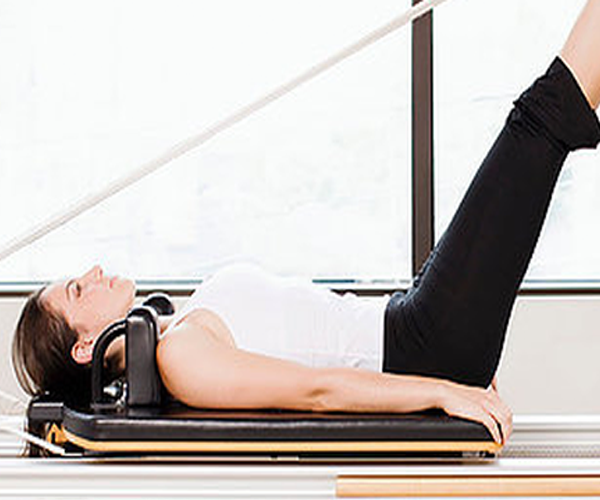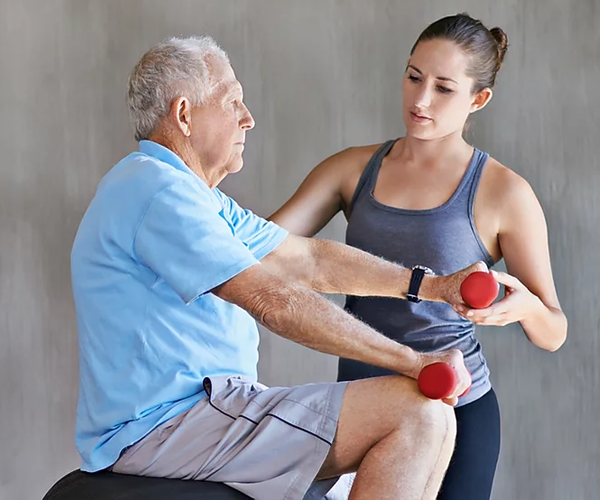Osteoarthritis is generally known as a wear and tear disease and is the most common form of arthritis in the UK. It is caused bythe degeneration of the hyaline cartilage (smooth covering of the bone), which in time leads to further wear of bony changes within the joint.
There are many factors which may lead to developing arthritisand whilst it’s not possible to prevent osteoarthritis altogether, the risk of developing the condition can be minimised by avoiding injury and living a healthy lifestyle.
Lifestyle is also an important factor for people living with osteoarthritis and although the condition cannot be cured, there are lots of ways to reduce symptoms.
Here are some of the best:
Exercise
Exercise is the gold star treatment for people with osteoarthritis, whatever your age or level of fitness. Our joints are full of synovial fluid which lubricates the joints. If we reduce our movement due to pain and stiffness, the synovial fluid will thicken causing further stiffness. Moving the joint, along with weight bearing helps to keep the fluid moving, thus reducing pain and stiffness. Think of motion being like an internal lotion for your joints.
As key symptoms of osteoarthritis are pain and stiffness, exercise should be focussed on strengthening the muscles around the joint, proprioception (balance) and general fitness. Activities such as walking, swimming and cycling are ideal but your GP or physiotherapist can advise on other forms of exercise that are best suited to your individual needs and interests.
Exercise will also help you to manage your weight, which helpsto reduce the load on the joints.
Losing weight
Being overweight increases the load on our body and our joints. It is linked to a multitude of health problems, so keeping your weight in check will be of great benefit. Reducing how much you eat and what you eat will help, as well as being more active. If you are considering starting a new exercise programme do check with your GP or physiotherapist, to ensure it’s safe to do so and that the programme will be suited to your needs.
Pain relief
Pain relief such as paracetamol or ibuprofen can be very effective in reducing symptoms. Check with your GP or pharmacist if you’re unsure of what medication to take and take it at regular intervals to gain the most benefit. The use of heat or ice, or a combination of both can also be helpful in alleviating pain and some people find the use of a TENS machine to be beneficial. Your physio can advise you more on pain relief methods that are right for you.
Physiotherapy
Physiotherapy is highly effective at addressing any muscle weakness or tension. Massage, Acupuncture and some mobilisations can be effective in reducing pain and improving function. Your physio will work with you to devise a tailor-madeexercise programme to specifically strengthen and stretch the joint(s?) where it (they?) most need(s?) it. They may also make other recommendations to help improve your symptoms, such as gait pattern and postural corrections.
The main thing to remember about Osteoarthritis is that you don’t need to live with pain and there are lots of effective ways to alleviate symptoms and lead an active and fulfilling life.
Contact me today to find out how physiotherapy could help you.
Photo thanks to https://unsplash.com/photos/SjHG8Ks_ncw
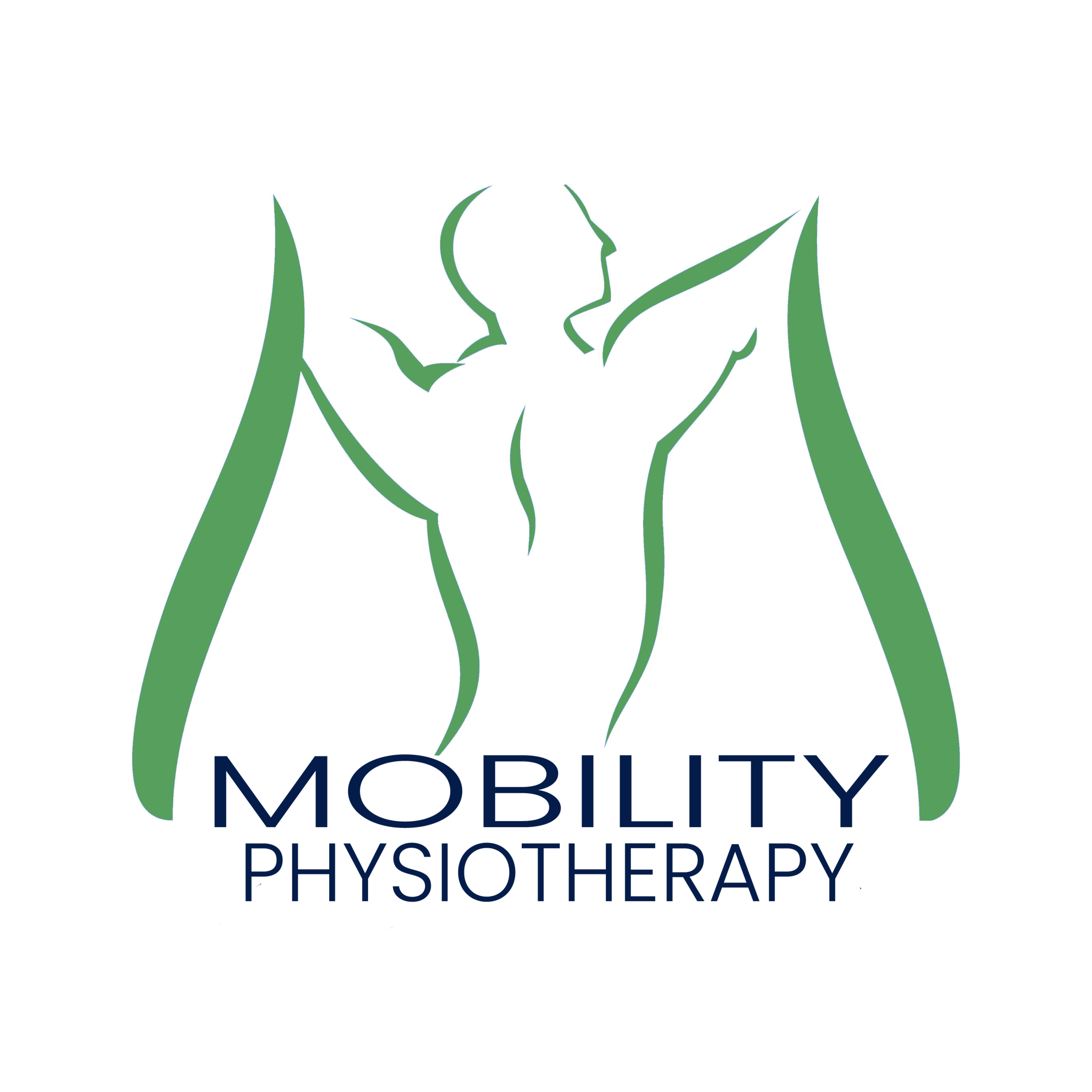
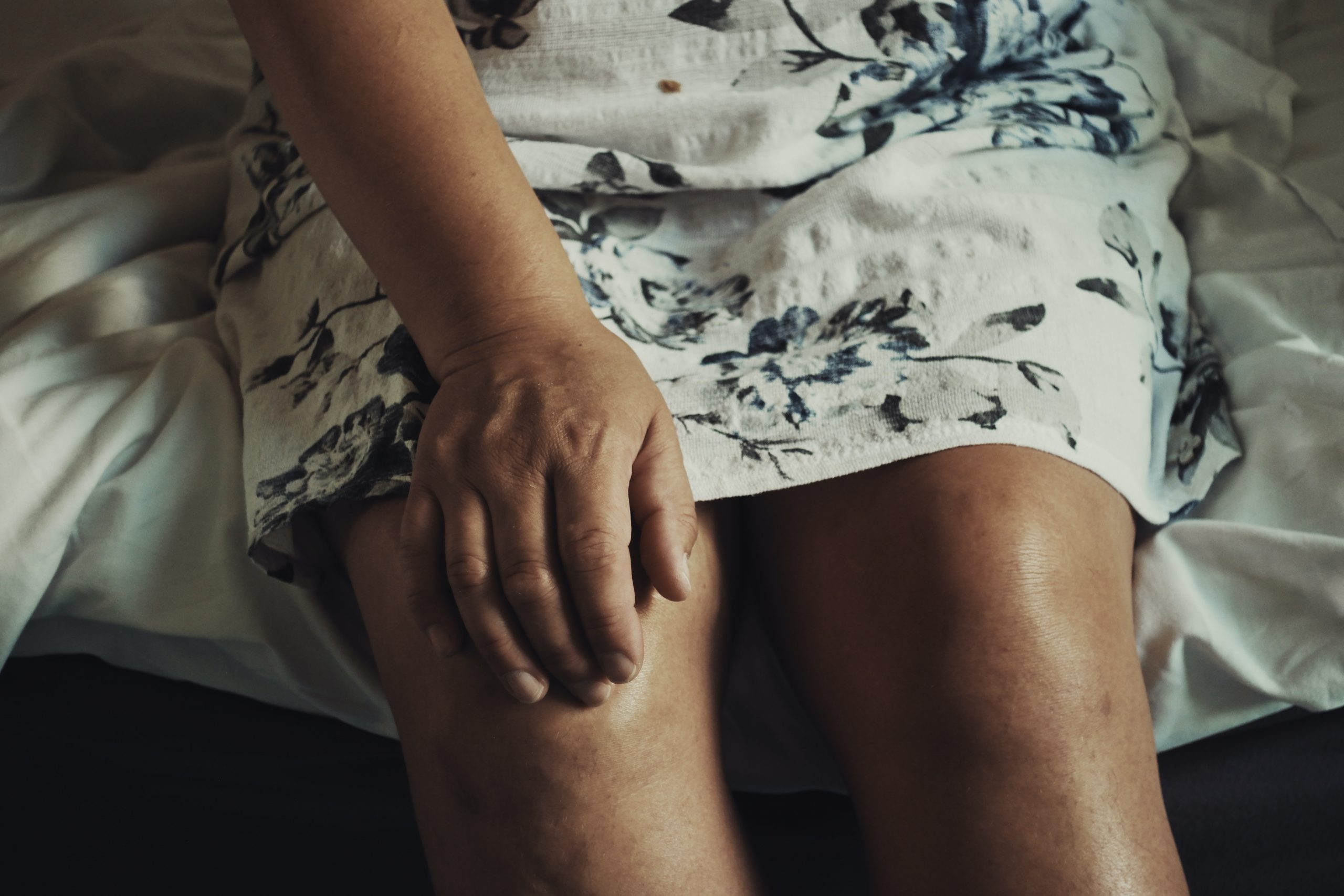
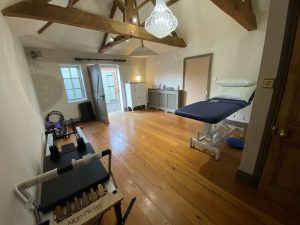
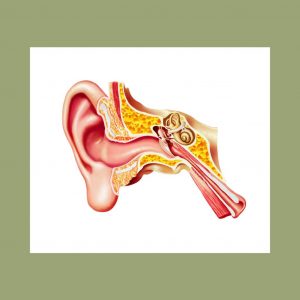

 This page contains the current position that Mobility Physiotherapy Limited is taking based on the latest government and our professional body guidance to ensure the health and safety of our patients.
This page contains the current position that Mobility Physiotherapy Limited is taking based on the latest government and our professional body guidance to ensure the health and safety of our patients.